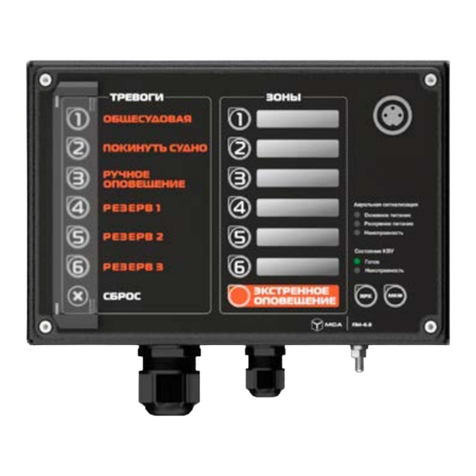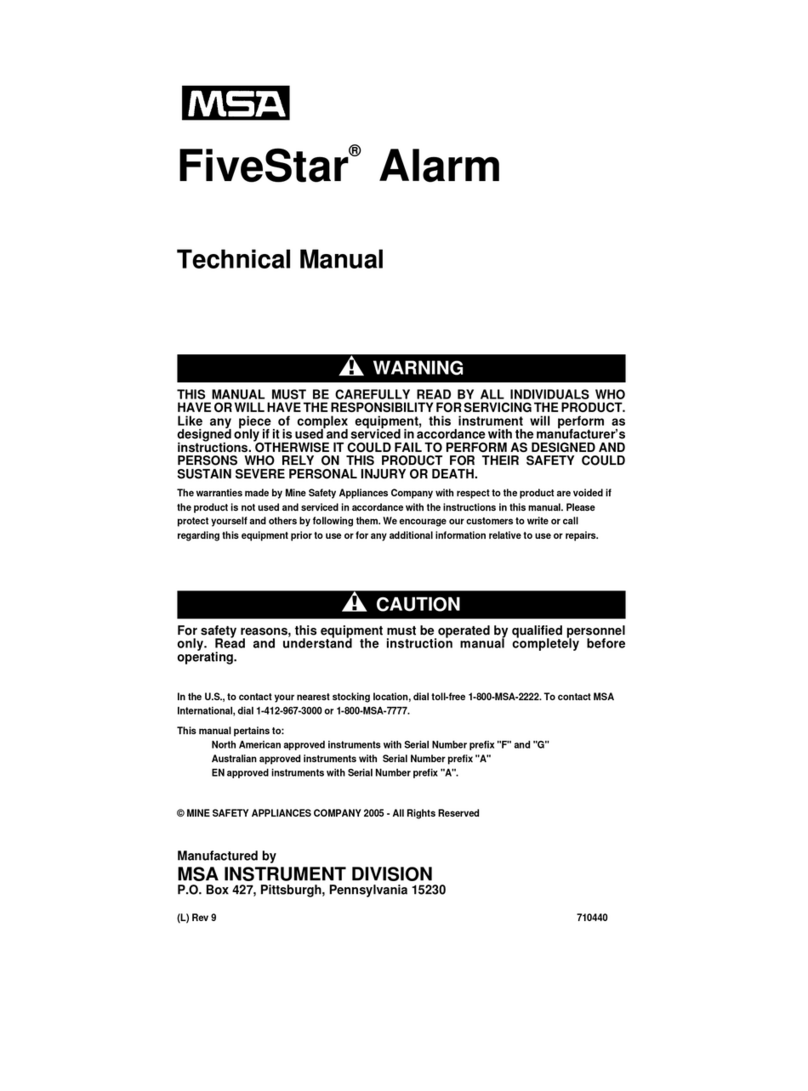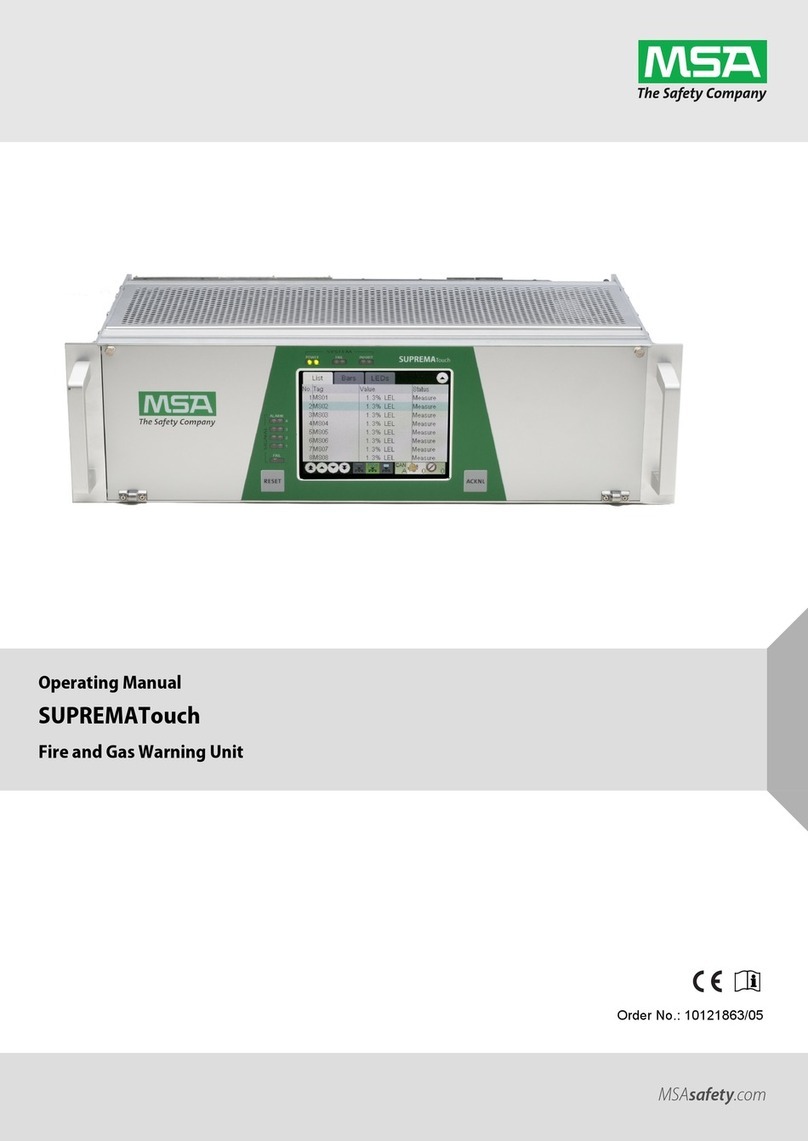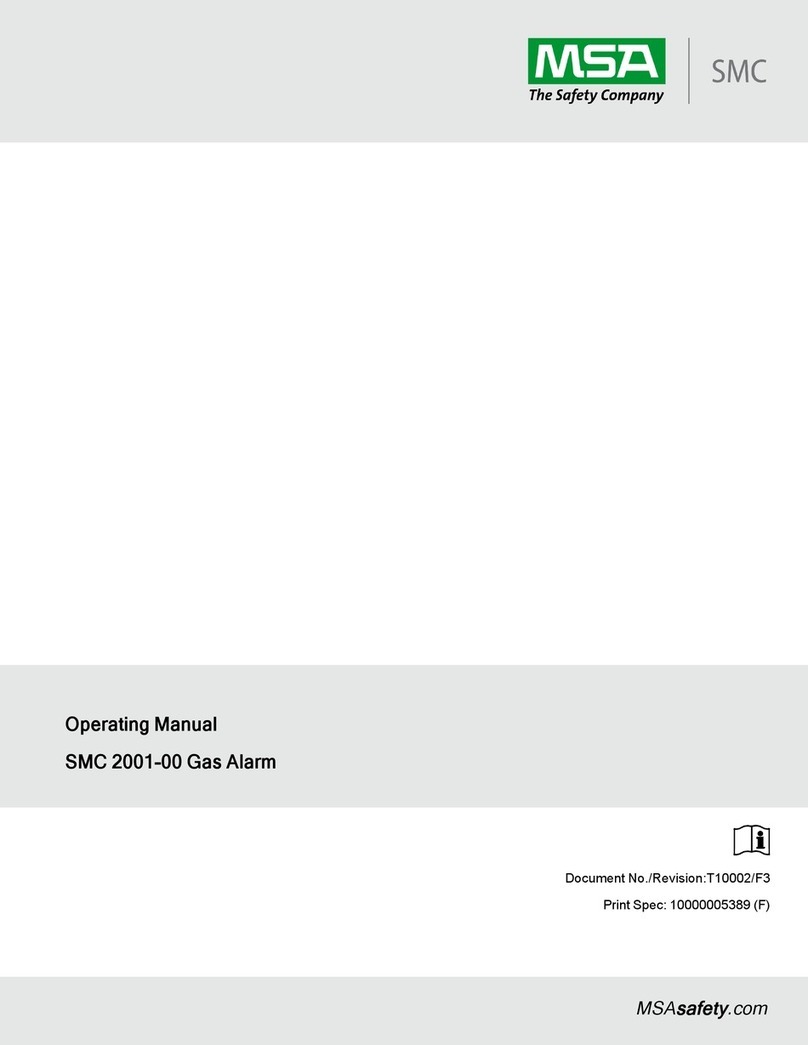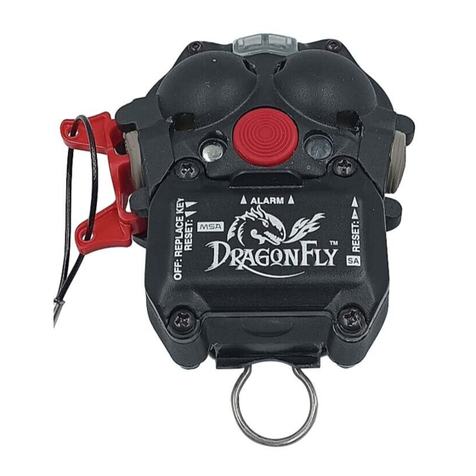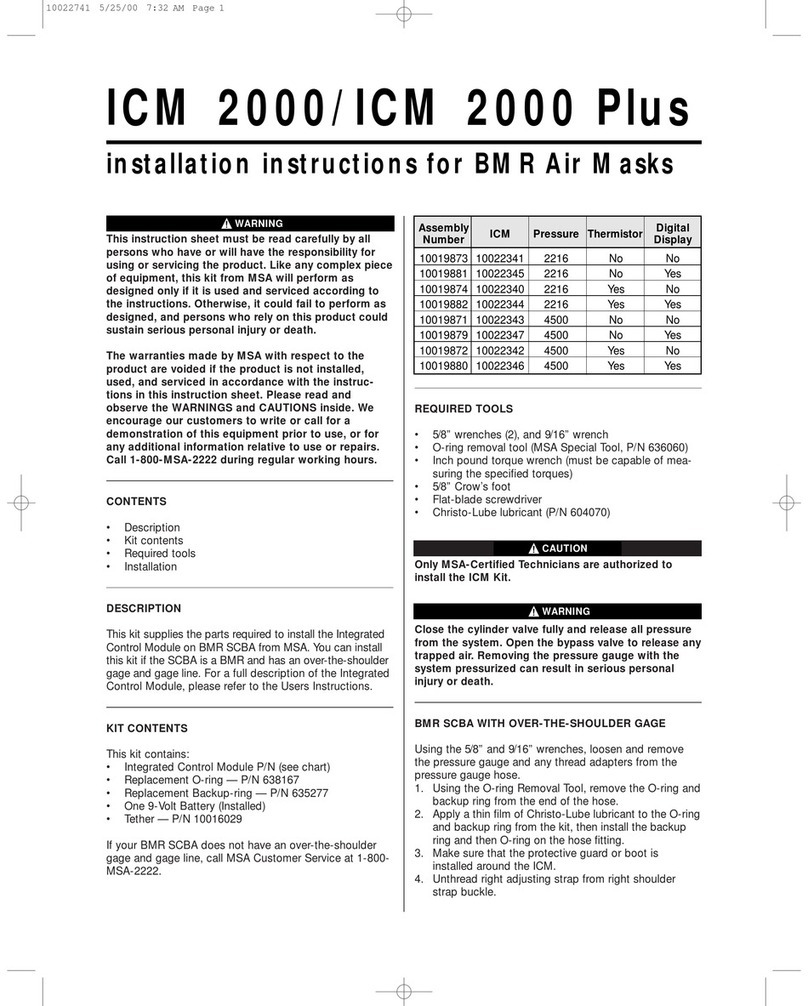
2
Table of content
INTRODUCTION.........................................................................................................................3
1DESCRIPTION AND OPERATION OF THE PRODUCT...............................................4
1.1 Description............................................................................................................................4
1.2 Main technical specifications................................................................................................4
1.3 Operation and structure of the Product .................................................................................5
1.4 Measurement tools, instruments and appliances.................................................................10
1.5 Marking and sealing............................................................................................................10
1.6 Packaging............................................................................................................................10
2INTENDED USE OF THE PRODUCT..............................................................................11
2.1 Operational constraints........................................................................................................11
2.2 Usage preparations..............................................................................................................11
2.3 Usage of the product ...........................................................................................................12
3TECHNICAL SERVICE......................................................................................................13
3.1 General description .............................................................................................................13
3.2 Safety features.....................................................................................................................13
3.3 Maintenance routine............................................................................................................13
3.4 Preservation.........................................................................................................................15
4CURRENT REPAIR OF THE PRODUCT........................................................................16
4.1 General description .............................................................................................................16
4.2 Safety features.....................................................................................................................16
4.3 Current repair ......................................................................................................................16
5STORAGE.............................................................................................................................17
6TRANSPORTATION...........................................................................................................18
7DISPOSAL.............................................................................................................................19
ANNEX A (MANDATORY) OUTLINE AND INSTALLATION DIMENSIONS.............20






